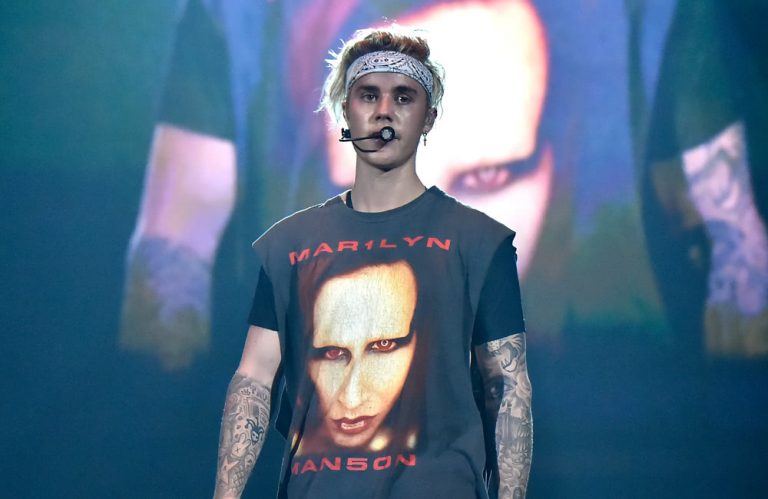The merch stand has been a part of every gig we’ve been to for as long as we can remember, and decades longer, and it’s easy to take it for granted as just a way for artists to earn a few extra bucks or score a few impulse buys of their trendy new vinyl from people who don’t even own a turntable.
Those tee-shirt sales can mean big things for artists of every level though, and when it comes to the acts who sit at the peak of the music world it can mean big, big dollars as well.
In a new interview with Billboard, merch pioneer Dell Furano details the moment that lead to him leaving law school to instead dedicate his career to completely redefining the concert merch biz, the challenges that came with it, and just how valuable the industry he helped create ended up being.
Starting out selling tees at a Grateful Dead gig, Furano eventually became the CEO of Live Nation Merchandise, and was today inducted into the Licensing Industry Merchandisers’ Association ‘Hall of Fame’. Although it may not sound as glamorous as the Rock ‘n’ Roll equivalent, it places him in the company of icons including Walt Disney, Jim Henson and George Lucas.
His whole story is fascinating, and his perspective on merch after 40 years in the biz gives us an idea of how it’s all changed, from back in the ’70s when it was a decidedly uncool practice with a lot of bands, to every band now having their names stamped on a tee at an absolute minimum, and entities like KISS being more about the merch than the music.
“In the ’70s, it was not cool selling merchandise, so we had to be careful,” Furano tells Billboard. “Groups would say, ‘OK, you can sell, but don’t embarrass us. Stand in a corner.’”

Now, merch licensing generates $12bn USD each year, and even the most ‘credible’ bands would struggle to ignore the temptation of a merch stand altogether. As Furano explains, while early on in the business earnings of $1 per ticket were great, a lot of acts nowadays are shooting for ten times that. Nowadays, touring artists earn between 10-35% of their revenue through merch sales, he adds, while the very biggest names bring in $300-400,00k USD – all in the space of a few hours.
Those are ridiculous numbers, even when we’re talking about Kanye and Bieber, but a band doesn’t need to be a megastar to boost your merch gams.
A few of Furano’s tips to take away for any artist trying to keep their head above water with merch? For one, convincing bigger bands to wear your gear (whether through being cool enough for them to notice, or possibly by begging them) can result in an immediate spike in sales. Miley Cyrus’ fans may not have heard of Billy Idol, but when she word his face on her jacket during a performance they did together, his sales spiked hugely all the same.
Also, the internet is changing things as much as ever, and Furano believes that fan-centric apps are the new wave to be riding if the band is big enough, and if they’re “well-designed” and understand how fans want to interact with their idole. Of course, despite being dinosaurs, KISS already have one.
In Australia, at least, it also seems that plenty of bands are getting in on having their own beers on the market, with the more pub-centric acts like Violent Soho and Dune Rats getting in on the act recently. Nothing speaks more to a fan than being able to, in some way, share a beer with their favourite band – and yes, KISS got on that train very early too, with a beer that comes in half-litre cans and tastes as if at least 250 of those millilitres are straight piss.

































